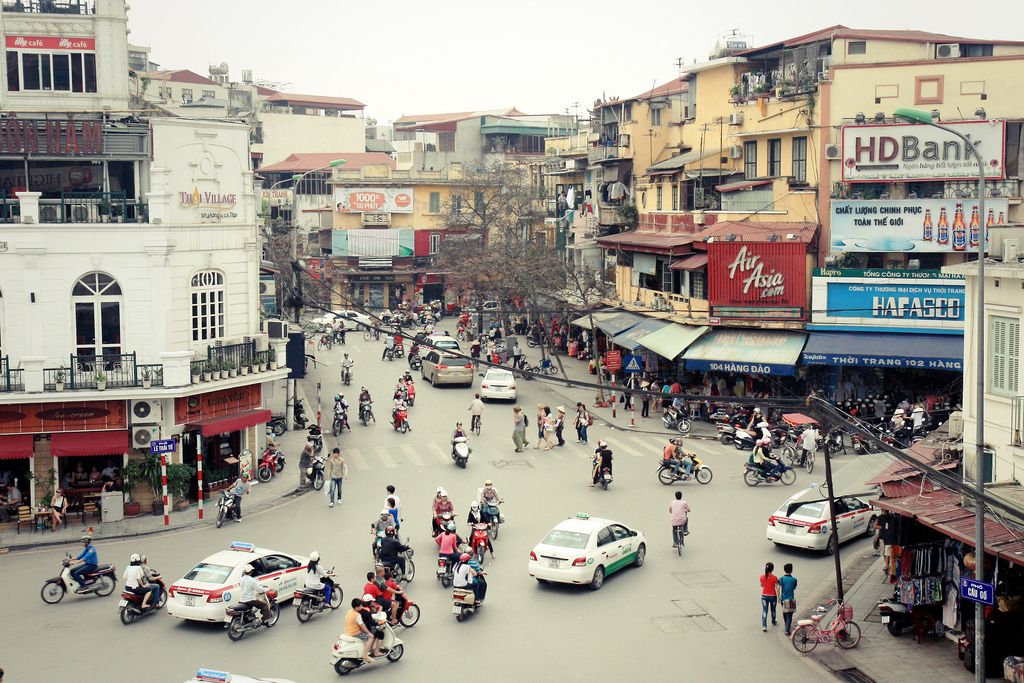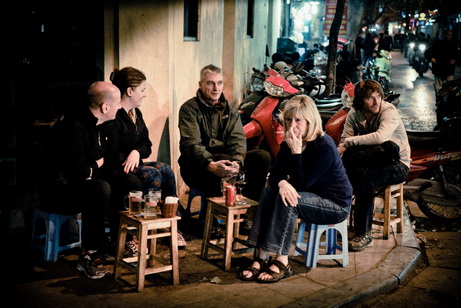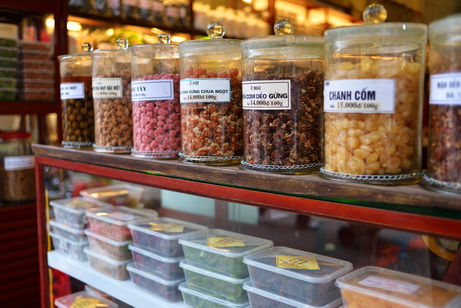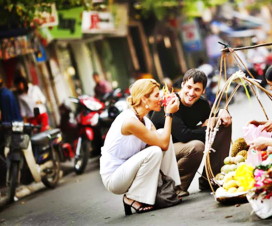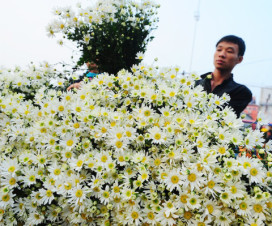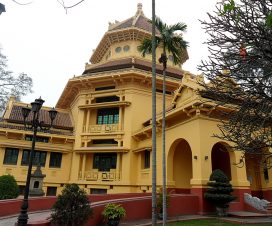Everyone admits that he certainly will travel around Hanoi’s Old Quarter at first if he spends time staying in Hanoi capital. Therefore, the Old Quarter has become one of the must-see attractions for all foreign visitors.
Conveniently located right in the heart of Hanoi, amongst the Hoan Kiem Lake, the Long Bien Bridge, a former city rampart and a citadel wall, the Hanoi 36 Old Streets are renowned for its history, architecture along with the diversity of products.
Despite the name of Hanoi Old Quarter is attached to 36 Old Streets, more than 36 streets have been actually existed. According to some recent researches, the number of 36 is believed to appear from 15th century when there might have been 36 guild locations, which were used to be 36 workshops areas instead of streets. After streets were developed, local Hanoians used the guild names to call the streets.
Most visitors traveling to Hanoi are surely eager to wander along the ancient streets and shop at stores as well as buy Hanoi specialties and street foods. Some of specialized streets that most visitors want to explore comprise: China bowls (Bat Su), roasted fish (Cha Ca), silver or jewelries (Hang Bac), women accessories (Cau Go), shoes and sandals (Hang Dau), silk (Hang Gai), mixed fruits (To Tich), combs (Hang Luoc), jars (Hang Chinh), tour services (Ma May), candies and dry apricot (Hang Duong), fried/roasted sour pork hash (Tam Thuong lane on Hang Bong Street), bamboo products (Hang Buom).
The Hanoi’s Old Quarter has still well-preserved much of the original traits, which may lure lost of visitors, especially those who are in love with architectural art. These houses are neither tall buildings as people normally see in cities nor stilt houses on lines of poles, which were popular in Vietnams’ mountainous regions these days. They are also called “tubular houses” which are short and narrow but have great length.

